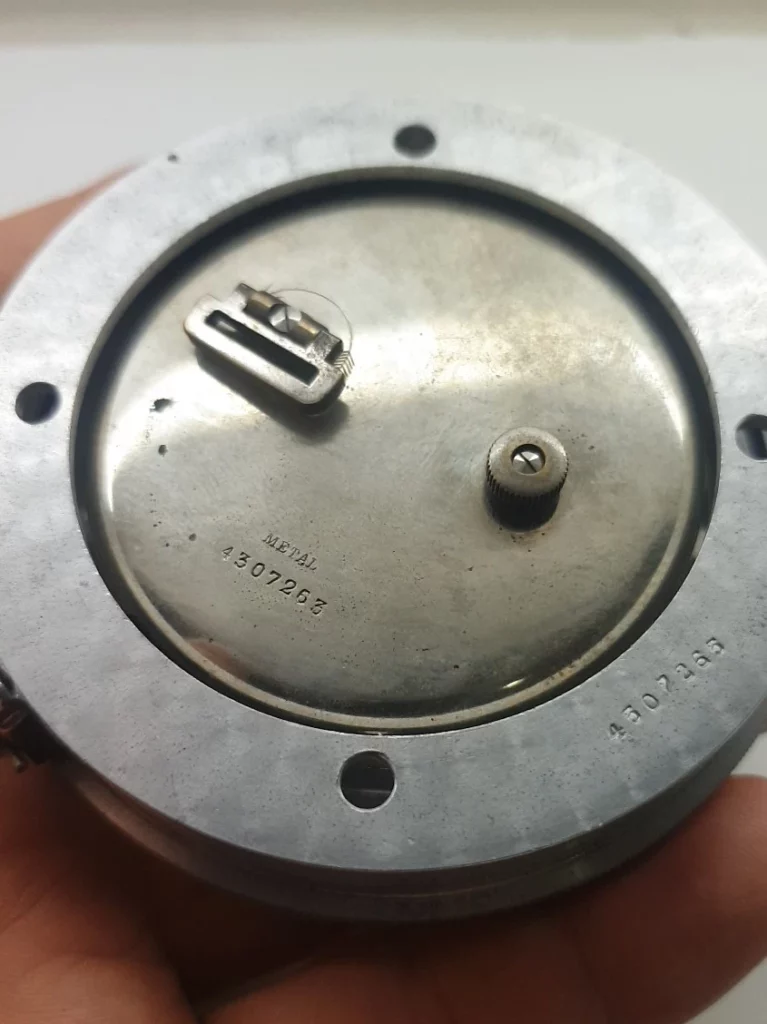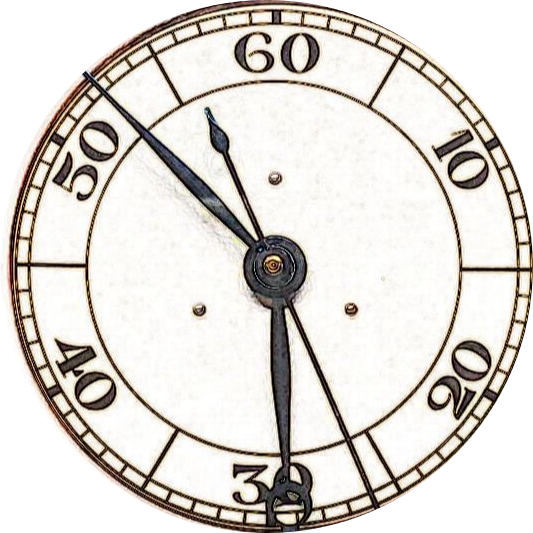Another of aviation’s greatest feats was Costes & Bellonte – Paris to New York flight in September 1930. It was the very first successful non-stop flight crossing from Europe to America.
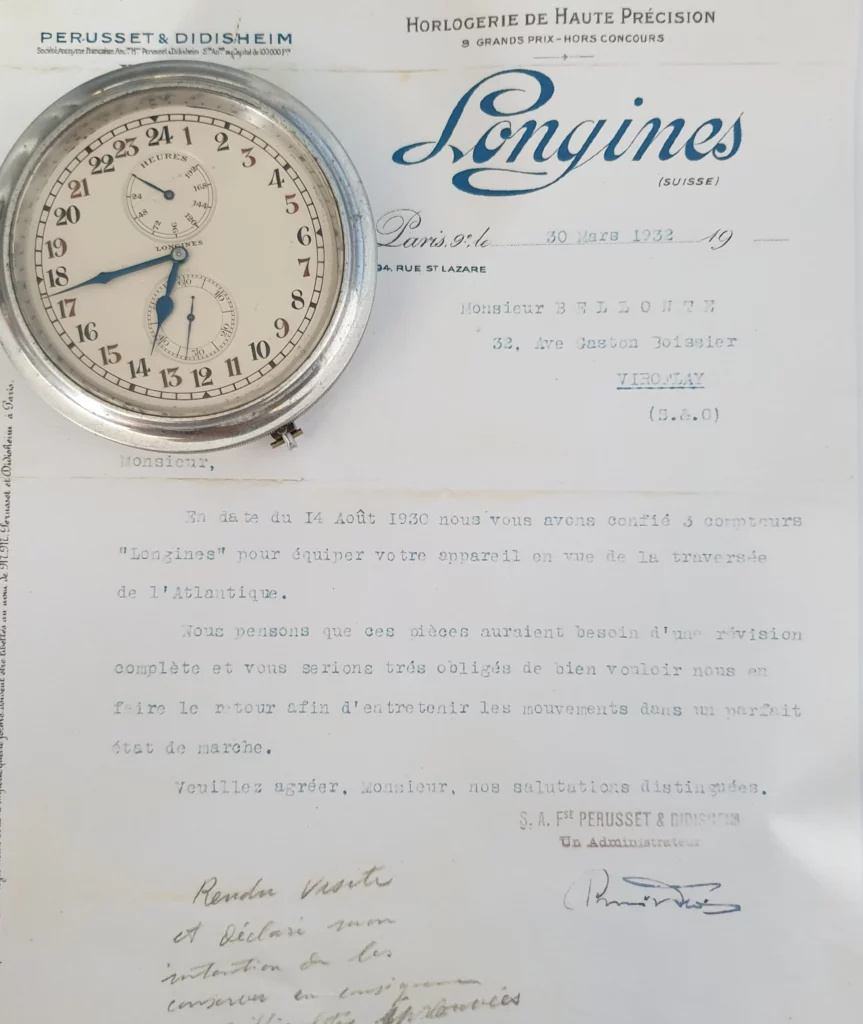
Letter from the French agent Perusset to Bellonte gifting the three calottes.
Hardened souls risked all pursuing speed, altitude and distance flight records. Front page news detailed successful adventures and also broadcast the the dangers of early aviation pioneer years. The world was fixated on this new form of transportation and the characters who made it possible quite often became household names.
John P.V. Heinmuller
Aside from the wizard Alfred Pfister, who ran the technical department and later Longines itself, much credit lies with John P.V Heinmuller, nicknamed ‘Aero One’, who departed St Imier in 1912 as a twenty-year-old to join Albert Wittnauer, the American Longines agent.
With the Great war on the horizon, he was the key driving force behind the supply of cockpit instruments and plane calottes to the burgeoning U.S. Army Air Corps. The latter were first delivered to the French air force in 1915, with advertisements appearing in the French title L’Illustration in 1916.
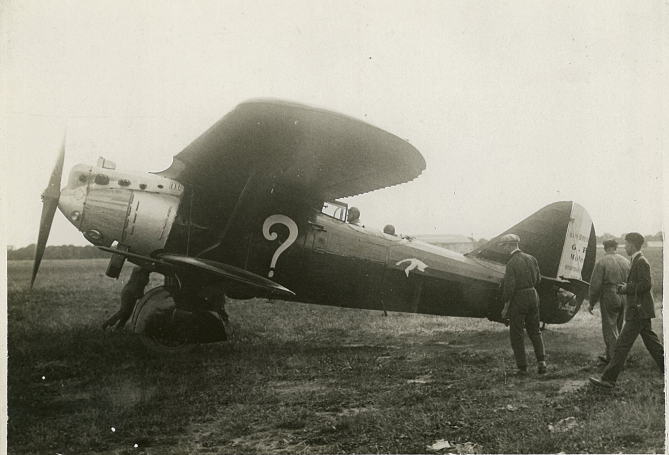
He became President of the World Air Sport Federation, chief official timer for the National Aeronautic Association, the Fédération Aéronautique Internationale, then vice (1921) and later president of Longines-Wittnauer in 1936.
Much of the progress, success and recognition of aviation’s greatest feats can be credited to Heinmuller’s unwavering commitment, active planning, instrument installation, detailed record keeping, time piece development and his friendships with aviation’s who’s who.
Post WWI
Post WWI, the commercial and the exploration aviation age had its own set of challenges. Almost no one could see the civil age of aviation that lay a few short years ahead.
The nation’s airmen and women left over from the Great War sought to prove aviation’s potential and address aircraft vulnerabilities and expense in international competitions chasing speed, distance, duration, and altitude records.
Challenges to the dominance of the Swiss watch industry abounded in America and elsewhere; Longines was not spared. The early 20’s were blighted with a business malaise – high unemployment, the doubling of living expenses and dramatic inflationary pressures on raw materials which led to complex workplace issues, reduced hours, strikes and a collapse in manufacturing and sales in Switzerland and elsewhere.
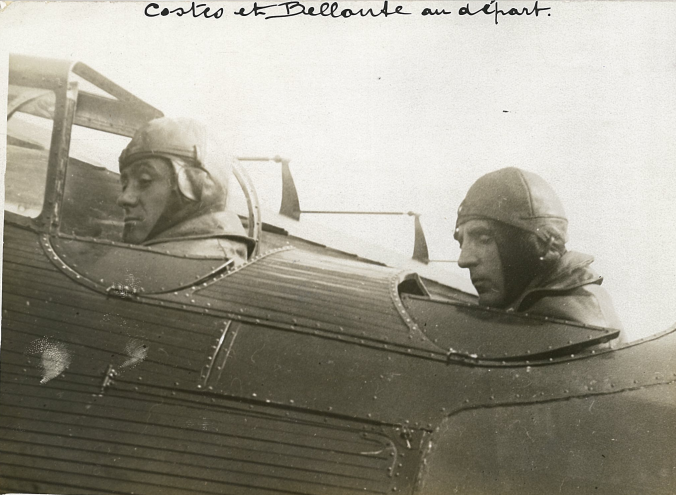
Longines became the official supplier of navigational instruments of the International Aeronautic Association in 1919. The same year French hotelier Raymond Orteig offered an incredible prize of 25,000USD for a non-stop aviation crossing of the Atlantic between New York and Paris in either direction. Aviation and exploration exploits were a bright spot in the mid-twenties.
There were larger, more efficient and reliable performance engines, weight reduction with aluminum, and the growing access to funding by entrepreneurs and governments who were starting to see aviation’s transportation and military potential – although this was challenging to acquire.
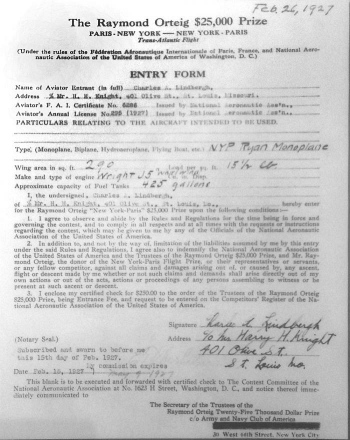
The Orteig prize created a race like environment between Byrd, Chamberlin and Levine, Lindbergh, Nungesser, and Coli.
It was claimed by Lindbergh, on May 21 1927, at Le Bourget airfield in Paris, a solo flight of 3620 miles taking 33hrs and 39mins. One hundred and fifty thousand onlookers awaited arrival of the soon to be ‘most famous man in the world’. Lindbergh commented “I was astonished at the effect my successful landing in France had on the nations of the world.
To me, it was like a match lighting a bonfire”. – Lindbergh.
Just ten days before he had flown from San Diego to New York in a record time of 21hrs 50mins. A few short weeks later Chamberlin and Levine’s New York – Berlin flight had Levine claiming to be the first passenger to cross the Atlantic nonstop.
The headwinds of the westbound crossing of the Atlantic took another three years to conquer before the wheels of the French war time hero aviators Maurice Bellonte and Dieudonne Costes’s Breguet XIX Point d’Interrogation (The Question Mark) touched down September 2,1930. It was the very first non-stop flight from Europe direct to the United States and was instrumental in the development of commercial aviation.
Long Distance Flights
The Frenchman’s successful flight was essentially Lindbergh’s flight in reverse after an incredible flight of more than 3600miles in 37 hours and 18 minutes. A year earlier, on the 13th July 1929 bad weather forced them to turn back whilst attempting the same, after 17 hours of flight. No strangers to long distance flying, in September 1929, they set an incredible world record distance of 4909 miles flying from Paris to Qihar in China.
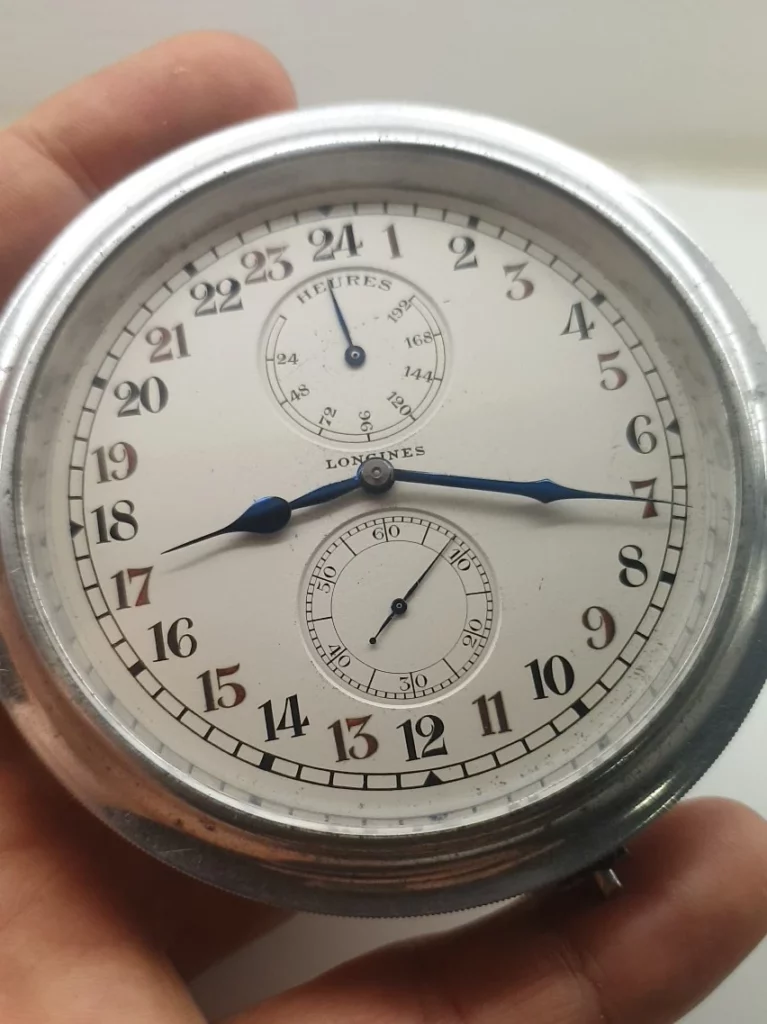
Their navigational map was lost out of an open window en-route flying over a farm in Portsmouth, New Hampshire. The map was discovered by the two Stef children, who returned the map to Costes after a media appeal.
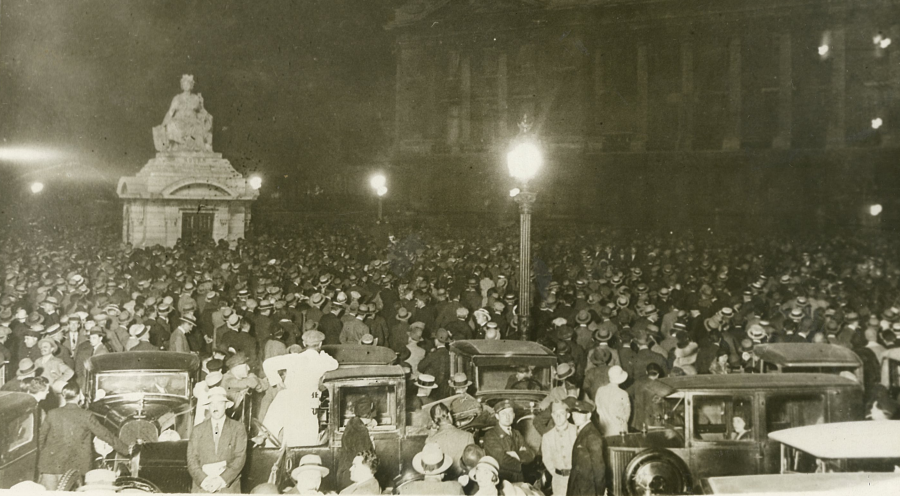

Longines archives note three Longines aluminum Calottes regulated for both sidereal and civil time, using the robust caliber 24.41 were donated by the Longines French agent (Perusset & Didisheim) on the 31st December 1930 to the successful pilots Bellonte and Costes.
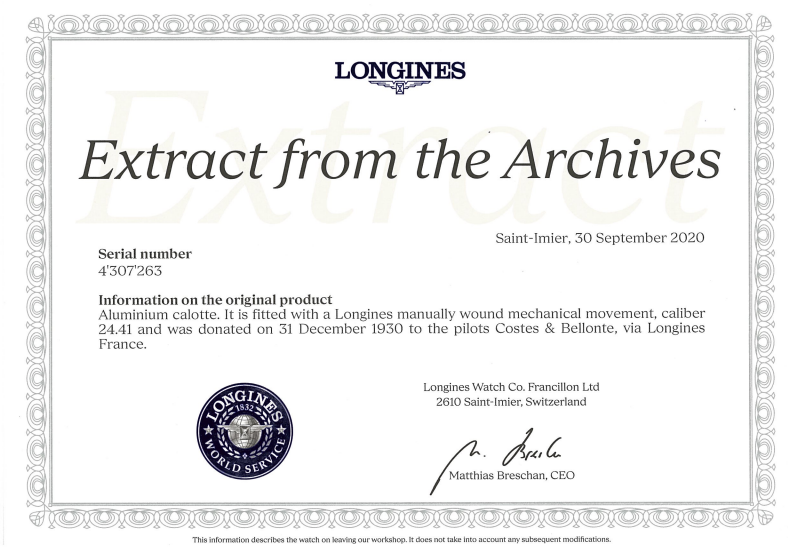
Two calottes ended up in the estate of the late French aviation hero Maurice Bellonte, who held these incredible pieces of Aviation history until his passing. It is likely the other lives in the hands of the Costes family. The lucky Longines calotte had been the very first to fly non stop from Europe to America, an incredible 91 years ago, long before all of us. It keeps perfect time today along with the original plane gauges and has a story of an incredible adventure to tell.
